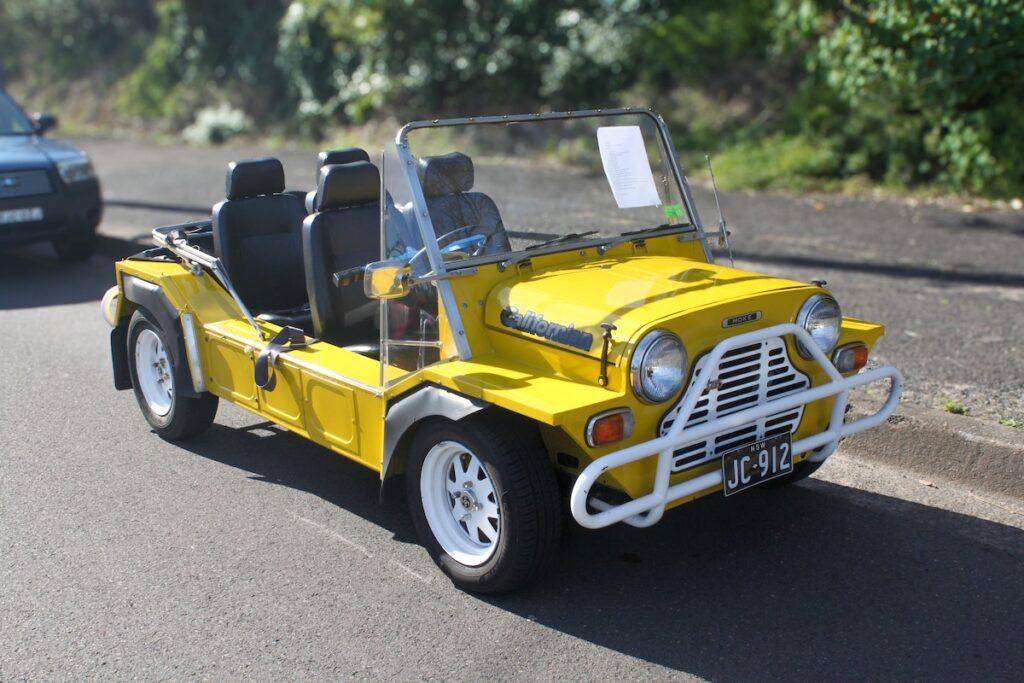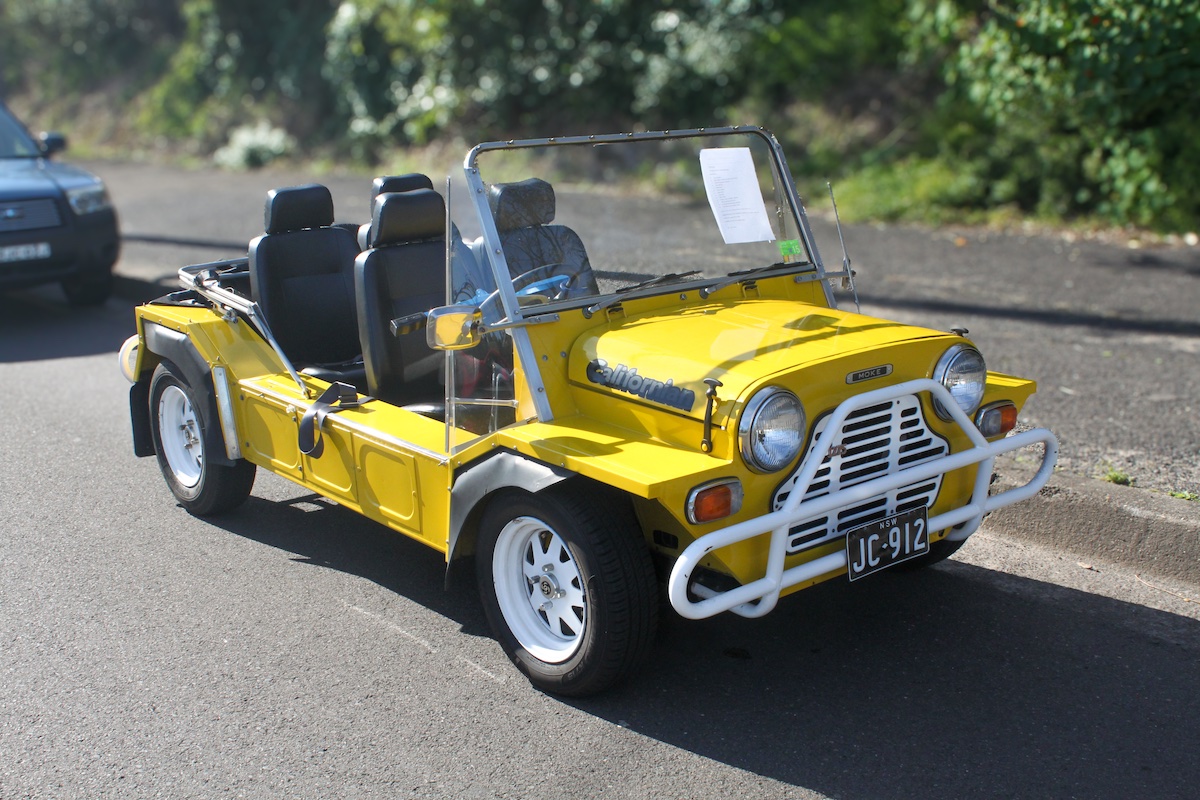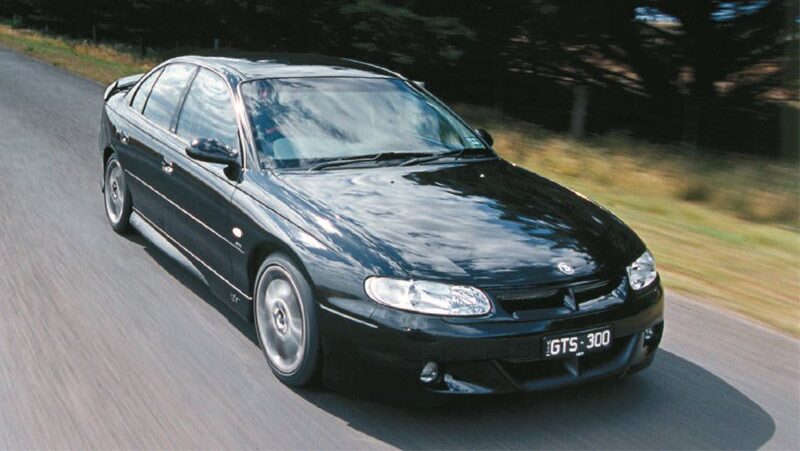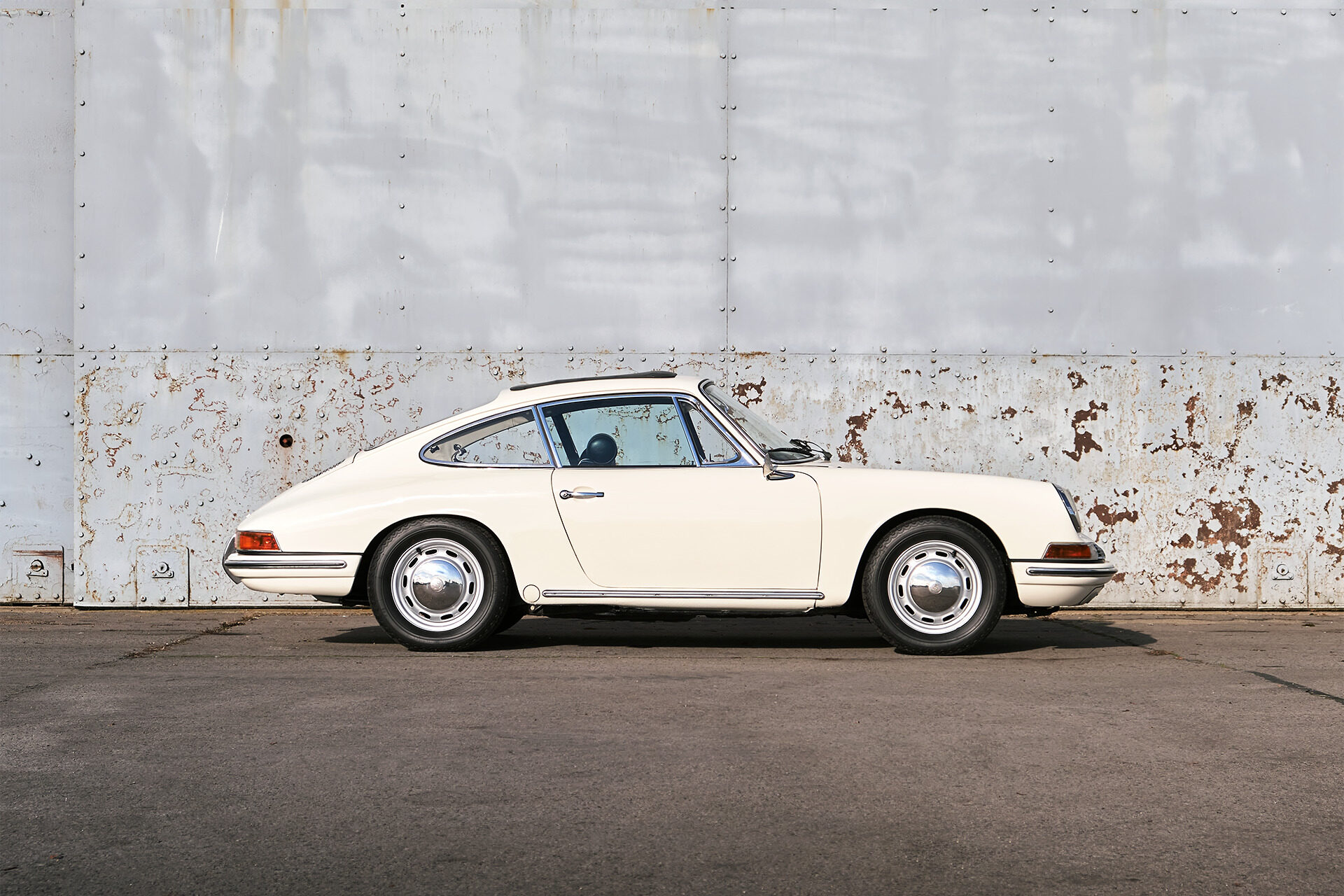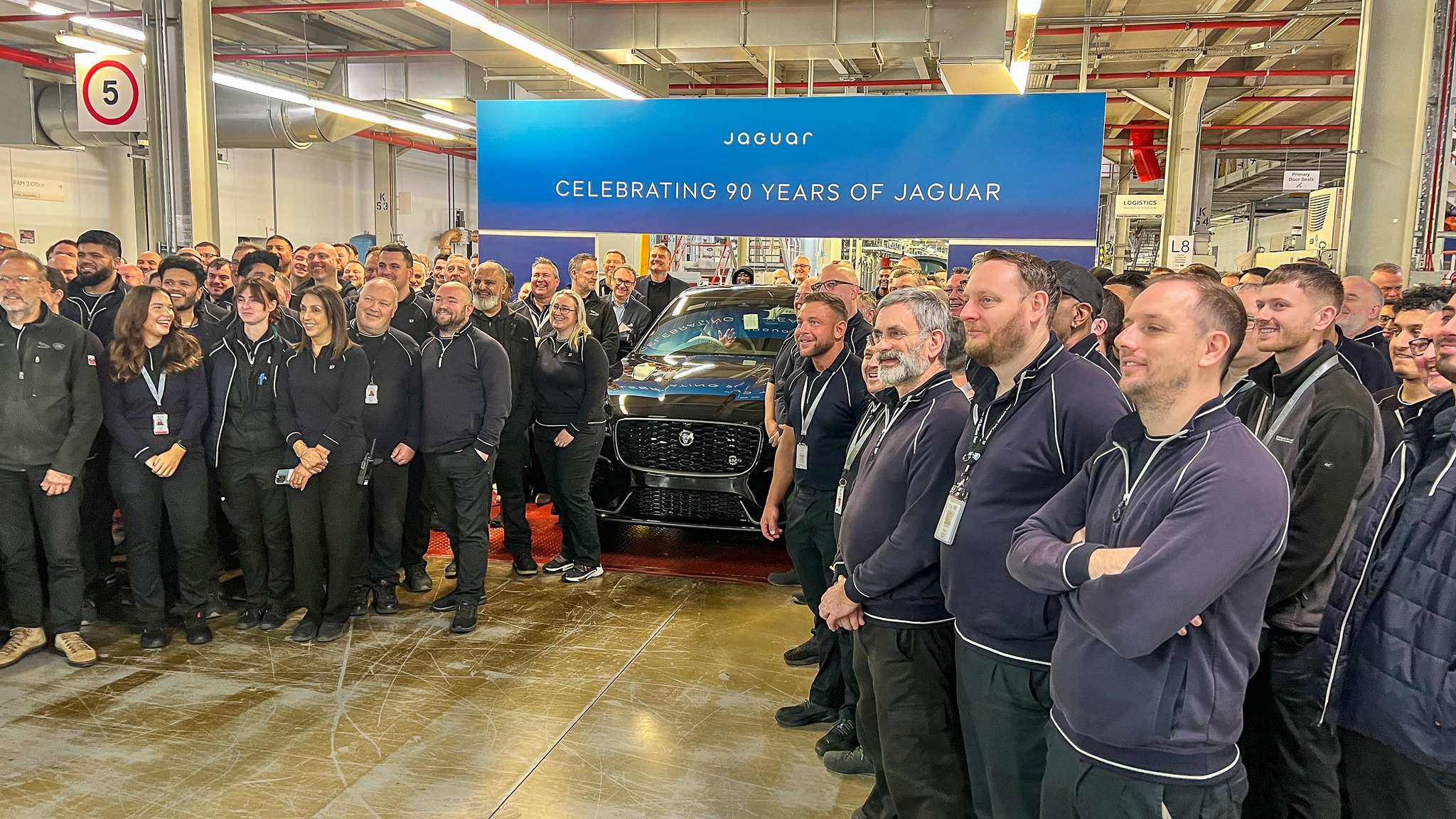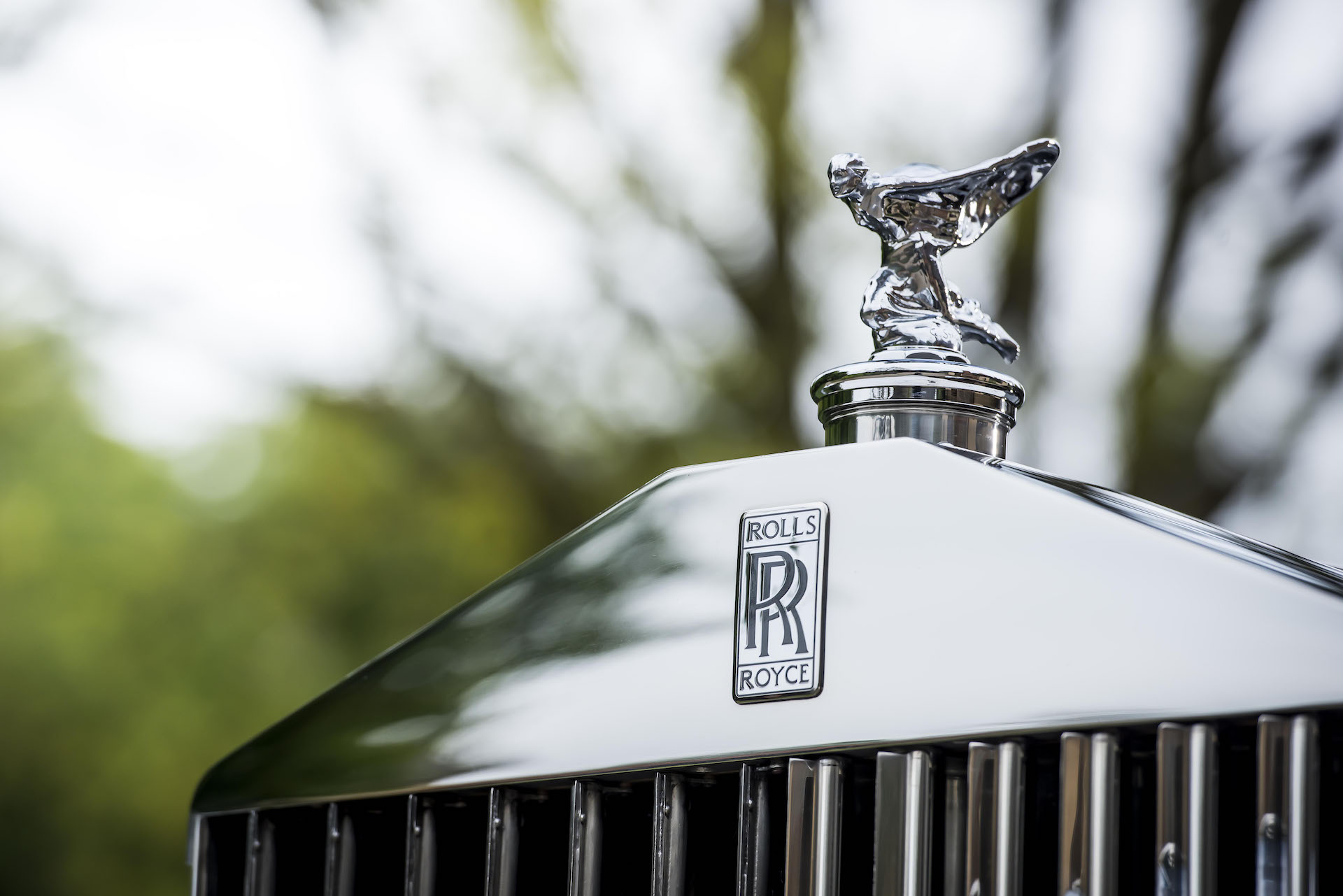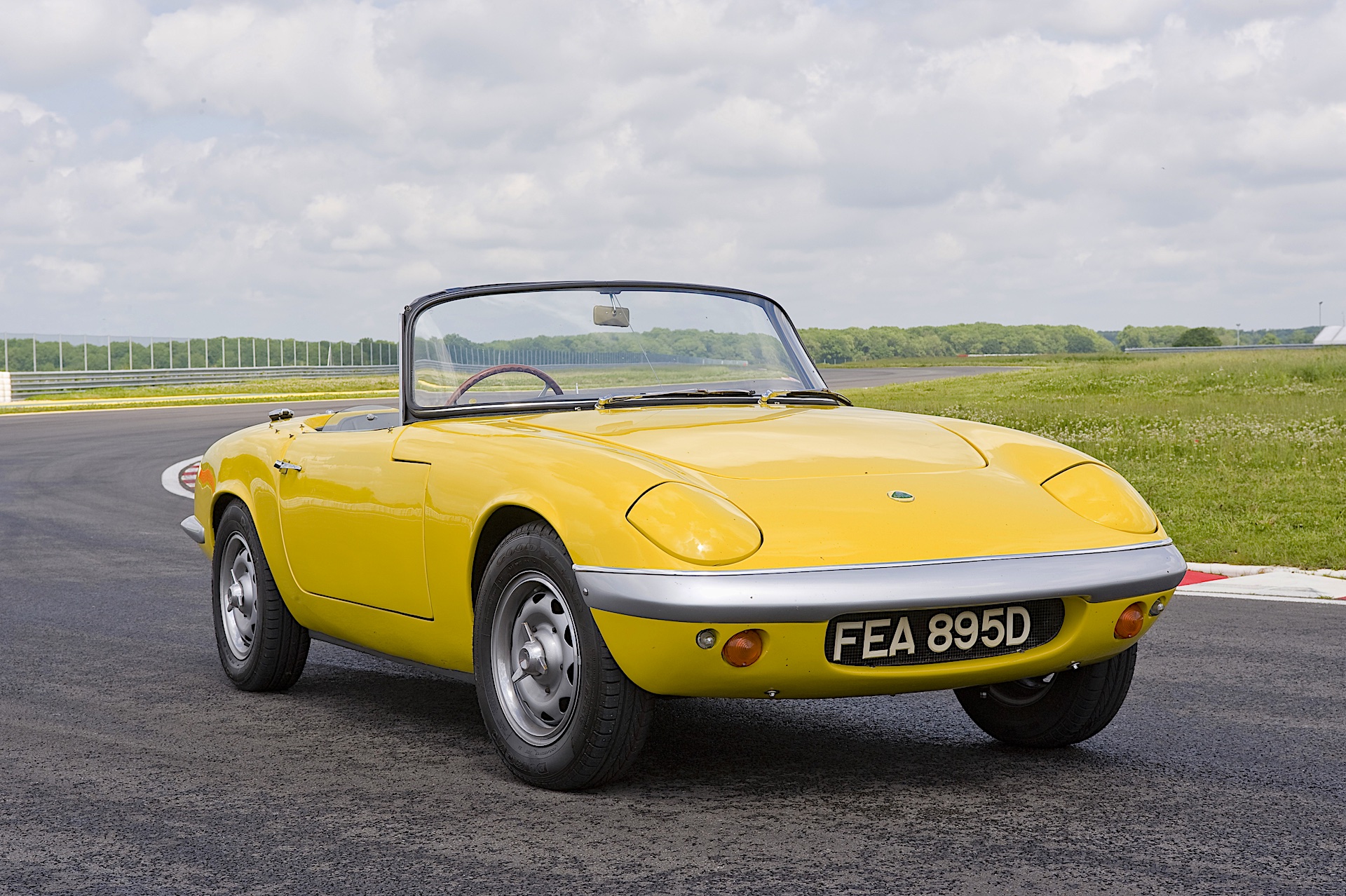When British Motor Corporation (BMC) set out to design a small front-wheel drive vehicle with a removable fabric roof that could double as a lightweight military vehicle, the logical platform upon which to base this new model was that of the Mini.
Given that this new model was intended as a utilitarian, workhorse-type vehicle, some wag in the marketing department or elsewhere must have hit upon the archaic term “moke” which is British slang for donkey, an animal that has been used as beast of burden for millennia.
By combining Mini and Moke BMC’s marketers came up with a name that has etched itself into the annals of automotive history, ably aided and abetted by talented engineers who provided the rugged and robust underpinnings for this hard-working little machine.
The Moke was designed to be a military vehicle, dropped by parachute to provide troops with ground-based support. Problem was, a vehicle in that role had to be light which meant it couldn’t be all-wheel drive as well, so military effectiveness was limited.
Mokes in civilian life survived as front-wheel drives due to light weight and good ground clearance. Many who bought Mokes used them on farms, as tourist transport, for delivering newspapers or low-cost commuting.
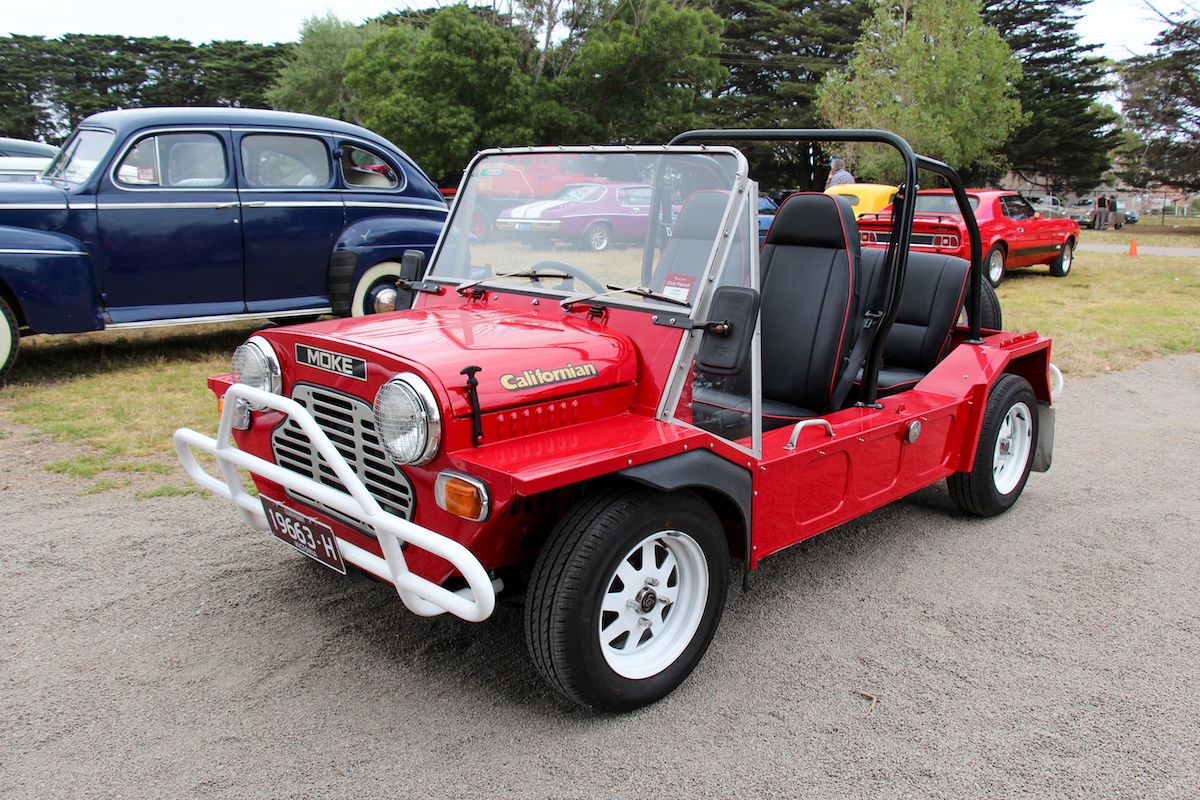
Australian Mokes built after 1969 had 998cc or 1098cc engines and 13-inch wheels replacing Mini-sized 10-inch rims. This helped improve ground clearance further and, with heavily treaded tyres, provide better traction in rough going.
A run of about 300 Californian Mokes powered by 1275cc engines was built in 1971 for export, years before Leyland made the bigger engine generally available to counter the effects of emission controls on smaller power units.
Safety requirements introduced during the 1970s saw Moke seats altered to include head-restraints, while dash protrusions were redesigned or removed.
In 1982, local assembly and sales ceased but the Moke continued to be built in Portugal. European versions included an integrated roll cage which had been optional in Australia, and a redesigned hood which was deemed a vast improvement on the flapping tent fitted to Australian cars.
Acceleration was leisurely, with 0-100km/h taking around 22 seconds. The Moke sounded faster, though, with engine and transmission noise reverberating through the buckboard body.
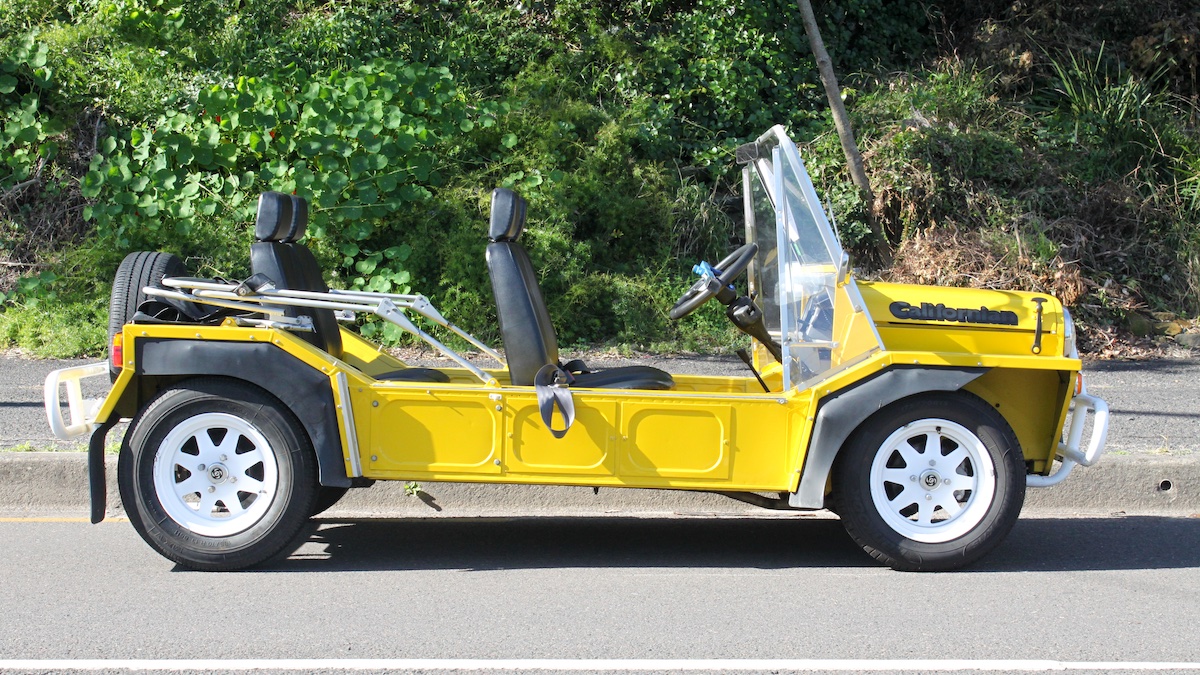
Driving a Moke quickly was an acquired skill, not least because with the top down in bright sunlight the centrally mounted speedo was almost impossible to read. You could generally work out that you’d gone into a corner a bit hot when the chunky off-road pattern tyres gave way to brave and avoid a sudden lift of the throttle or a dab of the brakes, lest the dynamics switched instantly to lurid oversteer.
Australian Mini Moke production totaled more than 26,000 units, but not all our surviving Mokes remain here. Operators of overseas resorts were known to trawl Australia for cars that they could adapt as guest transport and many had their passports stamped and never returned.
Diminished numbers have prompted significant price rises, with smaller-engined Californians reaching $50,000 and fully restored, 1275cc versions sometimes seen above $70,000.
Basic Mokes with 998cc or 1098cc engines are cheaper, as are neglected examples of the Californian, but refurbishing a Moke is unlikely to stress the moderately competent home restorer.
Anyone buying for long term ownership will relish the Moke’s simplicity and the huge stocks of mechanical parts that will likely remain available for decades, plus the fact that car makers can no longer make such simple, robust and fun little cars.
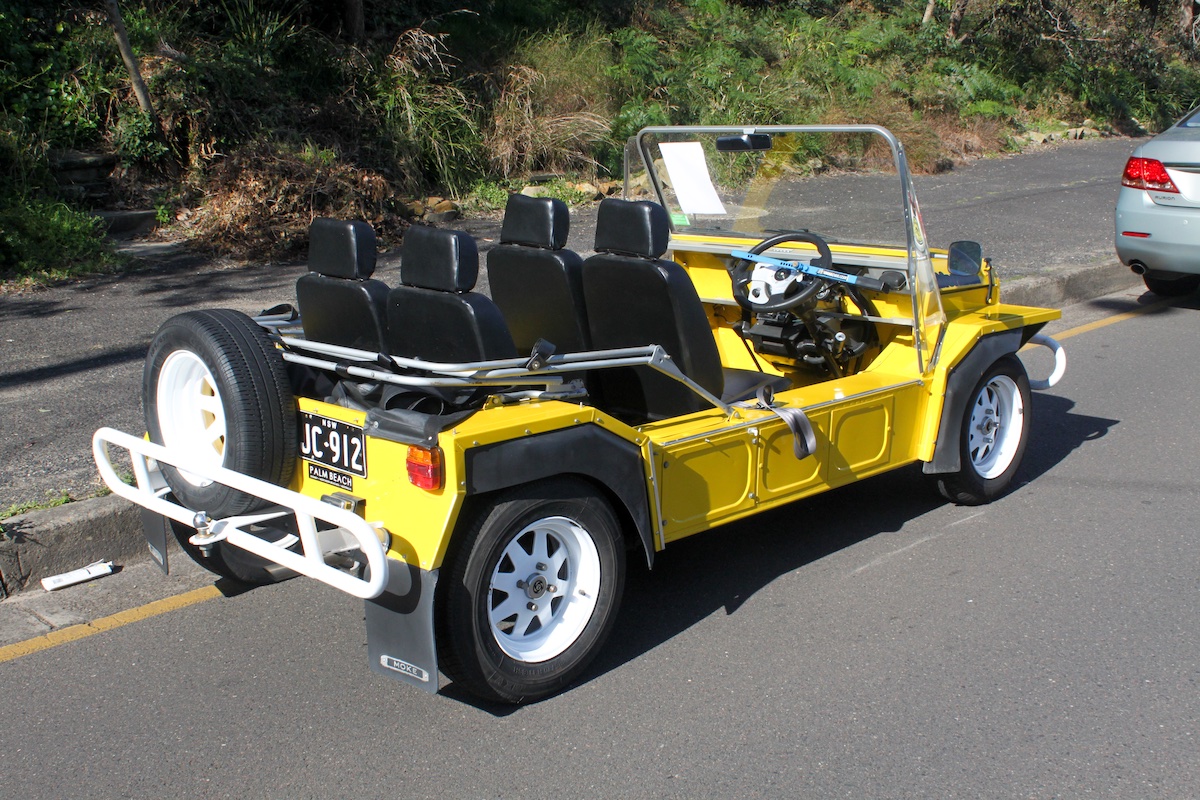
Things To Watch Out For When Buying A Used Leyland Mini Moke (1972-81)
- Check by driving behind the Moke for crabbing due to misaligned subframes.
- Examine the body from underneath for rust or floorpan cracks.
- Mokes that overheat may have broken fan blades.
- If offered a 1275cc Moke, check that the engine number starts with 12G or 12YG.
- Gearbox noise is endemic but be cautious with cars that are difficult to downshift.
- Check the hood for worn corners and split stitching.
- Offroad pattern tyres provide minimal grip on wet bitumen.
Valuation Timeline: Valuation Timeline: Leyland Mini Moke (1972-81)
-
1995$4,200
-
2005$10,000+138.1%
-
2012$22,500+125%
-
2018$27,500+22.22%
-
2022$42,500+54.55%
-
2025$57,500+35.29%1275cc Californian

